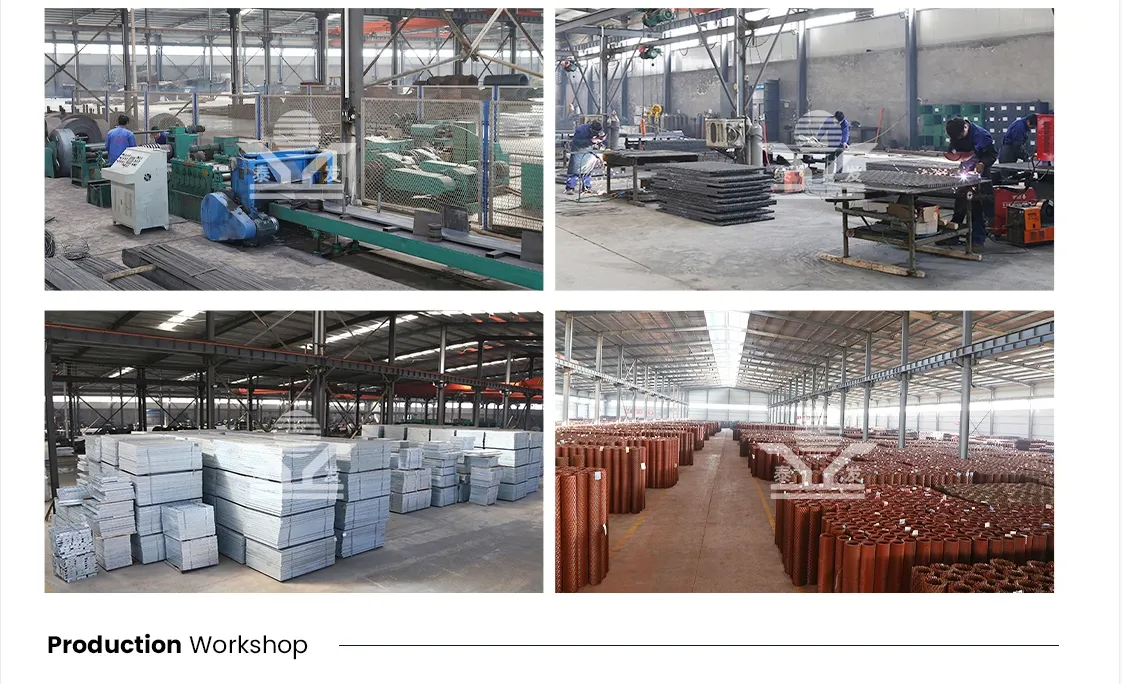Breaking the Sound Barrier The Role of Sound Barriers in Fencing
As urbanization continues to rise, so does the need for effective noise control measures in residential and commercial areas. One solution that has gained popularity is the use of sound barriers, particularly in the context of fencing. These structures not only provide privacy and security but also serve a crucial function in reducing noise pollution, enhancing the quality of life for those living nearby.
Noise pollution is a prevalent issue in today's society, especially in densely populated urban areas where roads, construction sites, and industrial activities generate significant sound levels. Chronic exposure to high decibel levels can lead to a multitude of health problems, including stress, anxiety, and sleep disturbances. In response, communities and planners are increasingly turning to sound barriers as an effective means of mitigating these effects.
Sound barriers, which can take many forms, are specially designed structures that deflect or absorb sound waves. They can be constructed using various materials, including concrete, wood, and engineered composites. The choice of material often depends on factors such as budget, aesthetic preferences, and the specific noise reduction requirements of the area.
Breaking the Sound Barrier The Role of Sound Barriers in Fencing
1. Height and Length The effectiveness of a sound barrier is largely determined by its height and length. To significantly reduce noise, the barrier must be taller than the noise source and extend beyond the source on either side. Ideally, a sound barrier should reach a height of at least 6 to 12 feet for optimal performance.
sound barrier for fence

2. Material Density The material used in constructing a sound barrier plays a critical role in its effectiveness. Dense materials like concrete and thick wood are generally superior at blocking sound compared to lighter materials. Many modern barriers incorporate a combination of materials to maximize sound attenuation while maintaining an appealing appearance.
3. Design and Placement The design of a sound barrier can affect its acoustic performance. Solid barriers tend to be more effective than perforated or transparent ones. Additionally, the placement of the barrier is crucial; it should be positioned as close as possible to the noise source while also considering aesthetic and zoning regulations.
4. Landscaping and Additional Features Incorporating vegetation and landscaping elements can enhance the sound barrier's effectiveness. Trees and shrubs planted along the base of the barrier can further absorb sound and create a more visually pleasing environment. Additionally, some sound barriers come with added features such as decorative elements or climbing plants to blend seamlessly with the surrounding landscape.
The implementation of sound barriers in fencing not only benefits individual property owners but also contributes to community well-being. By controlling noise pollution, these barriers help create a more serene environment, fostering better mental health and promoting outdoor activities without the nuisance of excessive noise.
Moreover, sound barriers can increase property values. Homes and businesses that are shielded from noise pollution are often more attractive to potential buyers. In a world where peace and quiet are increasingly sought after, a well-designed sound barrier can become a significant asset.
In conclusion, sound barriers for fencing represent a practical and effective solution to the growing problem of noise pollution in urban areas. By understanding the key factors that contribute to their effectiveness—such as height, material, design, and placement—homeowners and communities can make informed decisions to enhance their living environments. As we continue to prioritize quality of life in our increasingly noisy world, the importance of sound barriers cannot be overstated. They not only break the barriers of sound but also pave the way for a quieter, more peaceful future.
-
Why Galvanized Trench Cover Steel Grating Resists Corrosion
NewsJul.10,2025
-
The Versatility and Strength of Stainless Expanded Metal Mesh
NewsJul.10,2025
-
Load Calculations in Steel Grating Platforms
NewsJul.10,2025
-
Keeping Pets and Kids Safe with Chicken Wire Deck Railing
NewsJul.10,2025
-
Hole Diameter and Pitch for Round Perforated Metal Sheets
NewsJul.10,2025
-
Aluminium Diamond Mesh in Modern Architecture
NewsJul.10,2025
Subscribe now!
Stay up to date with the latest on Fry Steeland industry news.

